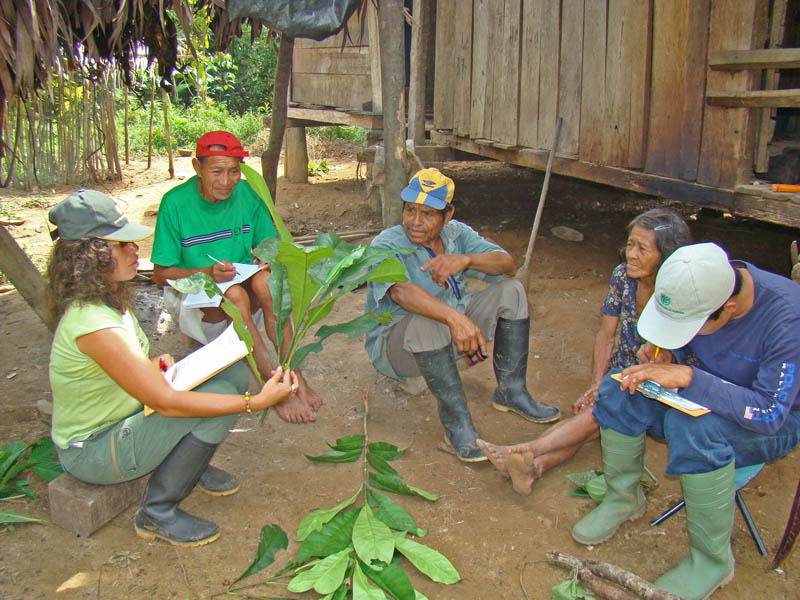Plants provide humankind with our most basic resources—food, medicines, fiber, building materials, and a range of other economically valuable products and essential services. However, habitat destruction, overharvesting of plants, spread of invasive species, climate change, and other human activities are having a tremendous adverse impact on plants and their ecosystems. Since many plant species that are new to science continue to be discovered each year, no doubt many still await discovery and many are being lost forever before we have a chance to find and study them and tap their potential. Many others that have been identified but have not yet been evaluated with modern methods for their useful properties are under threat of extinction. Perhaps never before in human history has there been a more pressing need to discover, understand, conserve, and sustainably use the plant resources that are vital to human existence.


Plant conservation at the Missouri Botanical Garden includes a focus on useful plants and the interrelationships among people, plants, and the environment. Programs conducted by the Garden’s William L. Brown Center (WLBC), Center for Conservation and Sustainable Development (CCSD), and Madagascar program aim both to discover and utilize the potential in plants before their genetic resources are lost to extinction and to conserve this wealth of resources. Through these programs, the Garden contributes to the discovery of new plant products with nutritional or medical benefits of global importance. At the same time, the Garden collaborates with communities at the local level to safeguard biodiversity-rich areas while preserving and revitalizing traditional knowledge of useful plants for the benefit of these communities and the well-being of mankind.


